I'm studying ARM families,
In the above image, it is written that the code by supported ARM7 can be migrated to ARM9 and others.
ARM7 uses the Von-Neumann architecture (single bus for data and instructions) and 3-stage pipeline (i.e., fetch, decode and execute). ARM9 and others use the Harvard architecture (separate bus for data and instructions) and 5-stage (fetch, decode, execute, memory and write (for ARM9)). Also, ARM7 doesn't support a memory management unit, but others do.
How can the code be compatible if the processors are using different architectures and pipelines? Won't there be any affect of architectures to the codes?
I'm assuming, as ARM9, ARM10, ARM11 have same architectures, code can be compatible, but ARM7 is different from other processors. Hence, one must do some changes in code before migrating because of different architectures. I'm wondering if it is correct or not.
